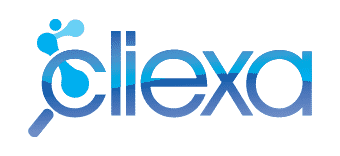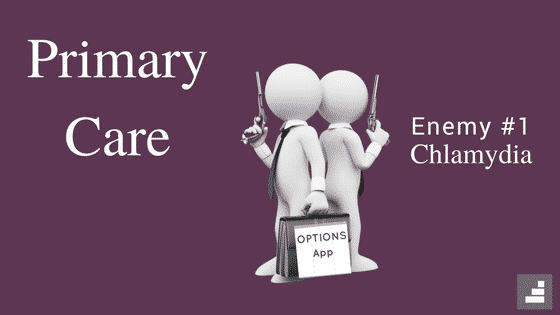2018 has seen a significant boom in the application of technology in digital health innovation, which are poised to disrupt the healthcare industry. Innovations have included advances in mobile health (mHealth), health information technology (IT), as well as wearable and Internet-of-Things (IoT) devices.
cliexa has identified six specific areas of medicine already reaping the benefits of digital health innovation:
1. Rheumatology
Disease Activity Scoring (DAS) metrics remotely collected by cliexa from patients are used by physicians in their offices when assessing the severity of rheumatoid arthritis through a Q & A approach. cliexa empowers patients with the ability to communicate their patient-reported outcomes to their physicians at the touch of a finger, on their own mobile devices, providing physicians with instantly-scored clinically-validated assessments. The application of cliexa innovations in rheumatology drastically increases the efficiency and quality-of-care for both patients and their providers.
Check out the cliexa mobile platform for Rheumatoid Arthritis, cliexa-RA: //www.cliexa.com/cliexamobile/rheumatoid-arthritis/
2. Pain Management, Primary Care, & Integrative Medicine
Chronic pain, affecting over 10% of American adults, is a leading cause of opiate abuse. Managing and overcoming chronic pain is a complex obstacle for many healthcare providers. With the increased shift away from the prescribing of opioids in the treatment of chronic pain, cliexa enables providers to remotely monitors opioid-prescribed patients while empowering them to relay their patient-reported outcomes and track their mental health conditions in association with their chronic pain, while catering specifically towards the individual needs of each patient-provider relationship.
Check out the cliexa mobile platform for Pain Management, cliexa-EASE: //www.cliexa.com/cliexamobile/pain-management/
3. Behavioral Health & Addiction Treatment
Though struggles with addiction are becoming increasingly more prevalent in society, the present methods of addiction treatment are limited. Through innovations in health technologies, patients and providers are shifting towards new ways of treating addiction. The monitoring of patients in real-time is essential for positive treatment outcomes for both patients and their providers. By leveraging patient-reported data, patients adhere to their treatment plans and overcome addiction as a disease, rather than as a fault.
Check out the cliexa mobile platform for Behavioral Health, cliexa-SENSE: //www.cliexa.com/cliexamobile/behavioral-health/
4. Digestive Health
Through cliexa innovations, providers better manage chronic gastrointestinal diseases, such as inflammatory bowel disease or ulcerative colitis, using specifically-designed, highly-structured treatment plans that leverage disease activity scoring models taken from qualitative patient responses to assessments which quantify and track symptoms over long periods of time.
Check out the cliexa mobile platform for Digestive Health, cliexa-IBD: //www.cliexa.com/cliexamobile/inflammatory-bowel-disease/
5. Respiratory Care
cliexa enables providers to qualitatively track chronic diseases of the respiratory system, like chronic obstructive pulmonary disease (COPD), through remote patient-reported outcomes. The ability to structure individualized and specialized care leads to improved patient-provider experiences.
Check out the cliexa mobile platform for Respiratory Care, cliexa-COPD: //www.cliexa.com/cliexamobile/chronic-obstructive-pulmonary-disease/
6. Pediatric Care
cliexa health technology drives innovations in mental health resiliency in adolescents, a hot topic in today’s health community. cliexa’s clinically validated medical assessment applications, coupled with its mHealth prevention services, help providers identify and reduce risk behaviors in adolescents and young adults. cliexa’s mobile patient-engagement applications equip providers with the tools adolescents use to overcome anxiety and depression, increasing the overall quality-of-care for both patients and providers.
Check out the cliexa mobile platform for Pediatric Care, cliexa-OPTIONS: //www.cliexa.com/cliexamobile/adolescent-resiliency/





